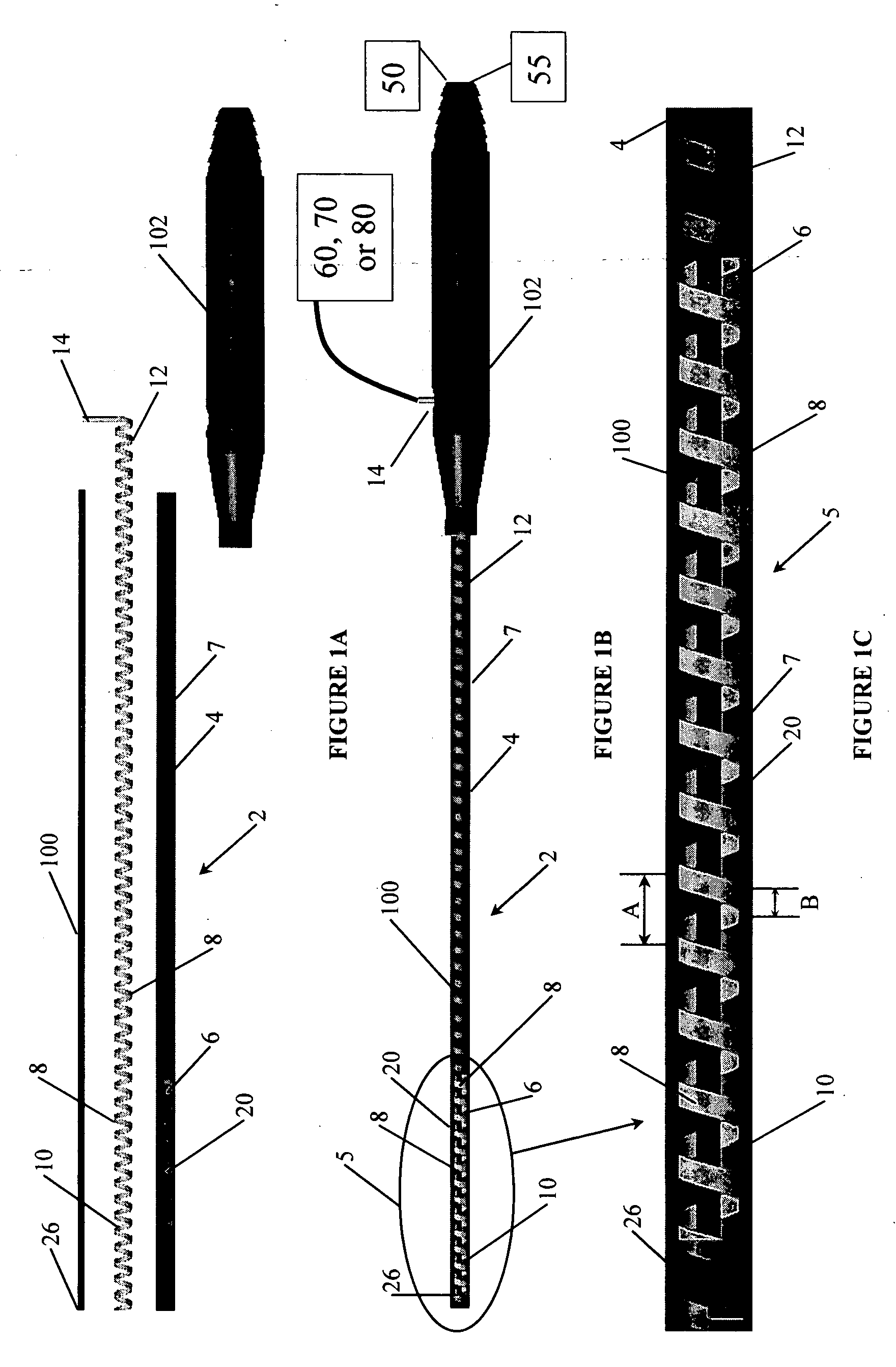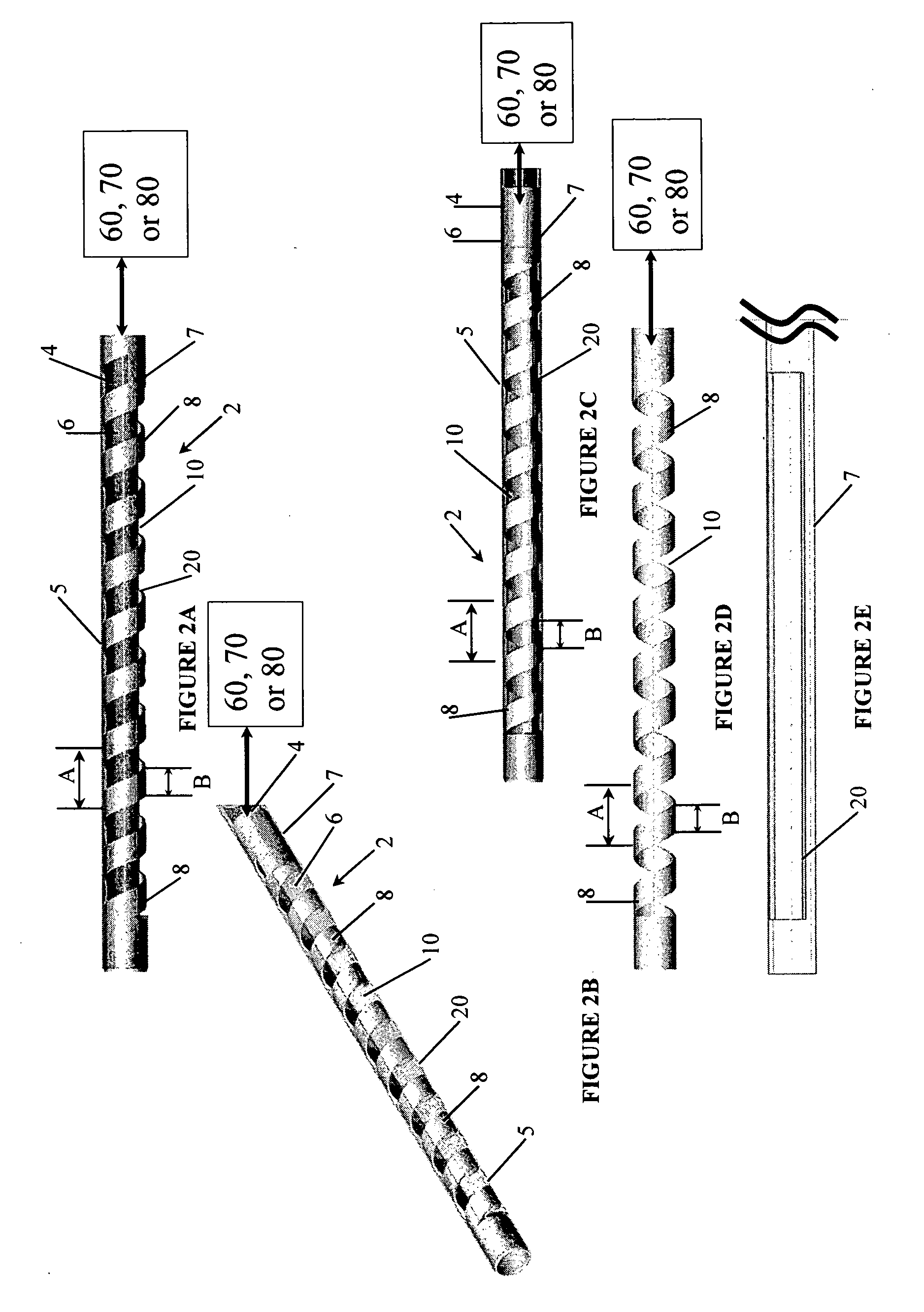Vacuum coagulation & dissection probes
a technology of coagulation and probes, which is applied in the field of vacuum coagulation & dissection probes, can solve the problems of inability to direct the coagulation of precise regions of soft tissue, inability to selectively ablate desired soft tissue structures, and inability to isolate preserved tissue structures from targeted regions, etc., to achieve consistent and reliable lesion, shorten wall thickness, and increase thermal conduction efficiency
- Summary
- Abstract
- Description
- Claims
- Application Information
AI Technical Summary
Benefits of technology
Problems solved by technology
Method used
Image
Examples
Embodiment Construction
[0045] Various exemplary variations of the invention are described below. Reference is made to these examples in a non-limiting sense. They are provided to illustrate more broadly applicable aspects of the present invention. Various changes may be made to the invention described and equivalents may be substituted without departing from the true spirit and scope of the invention. In addition, many modifications may be made to adapt a particular situation, material, composition of matter, process, process act(s) or step(s) to the objective(s), spirit or scope of the present invention. All such modifications are intended to be within the scope of the claims made herein.
[0046] In light of this framework, a number of exemplary variations of the invention are disclosed—mainly in the context of soft tissue coagulation accomplished through less invasive approaches (e.g., thoracoscopic, arthroscopic, laparoscopic, percutaneous, or other minimally invasive procedures). The integrated vacuum ...
PUM
 Login to View More
Login to View More Abstract
Description
Claims
Application Information
 Login to View More
Login to View More - R&D
- Intellectual Property
- Life Sciences
- Materials
- Tech Scout
- Unparalleled Data Quality
- Higher Quality Content
- 60% Fewer Hallucinations
Browse by: Latest US Patents, China's latest patents, Technical Efficacy Thesaurus, Application Domain, Technology Topic, Popular Technical Reports.
© 2025 PatSnap. All rights reserved.Legal|Privacy policy|Modern Slavery Act Transparency Statement|Sitemap|About US| Contact US: help@patsnap.com



